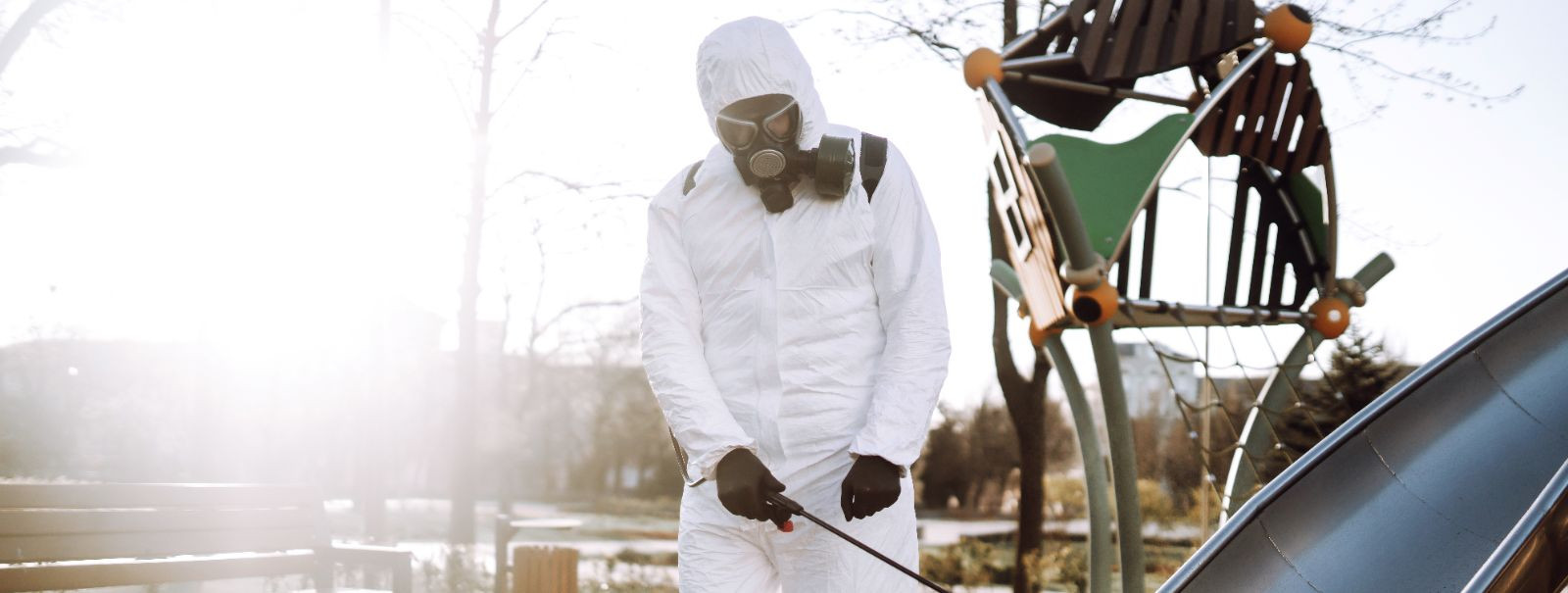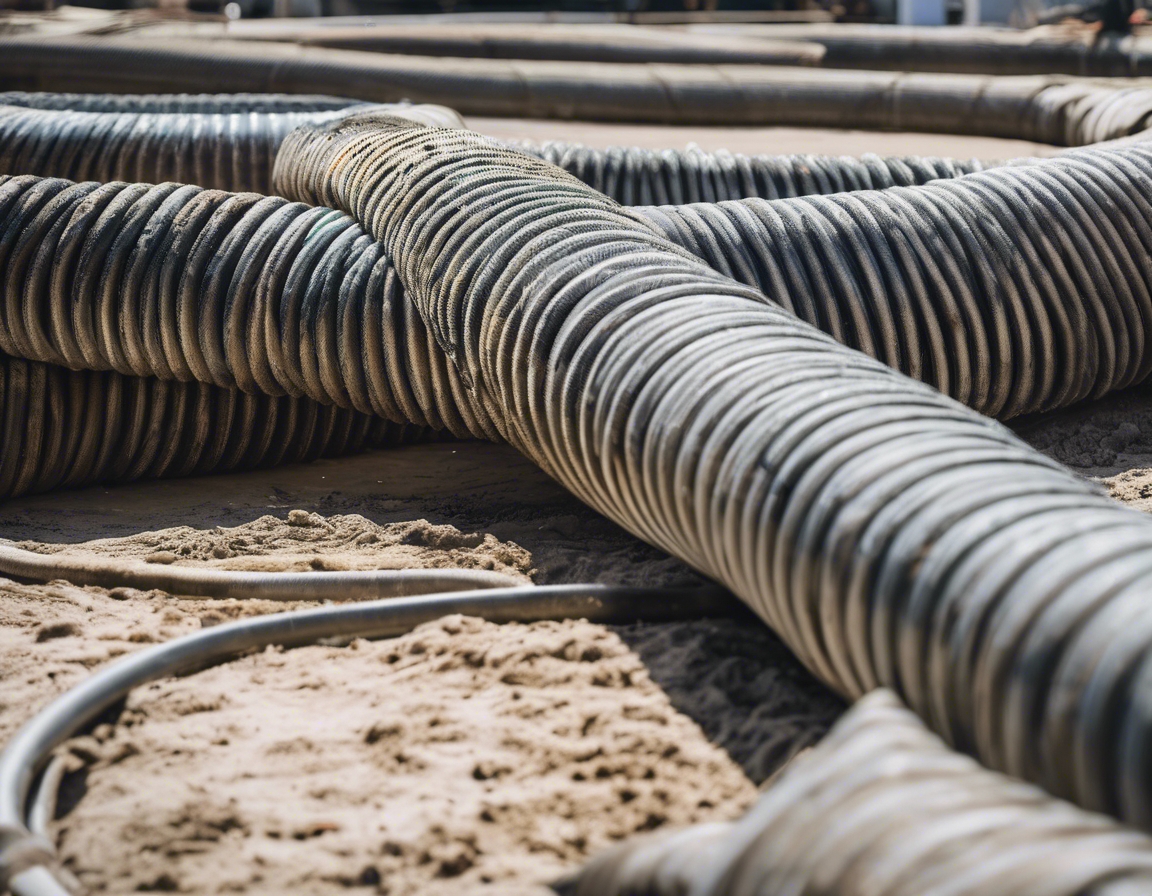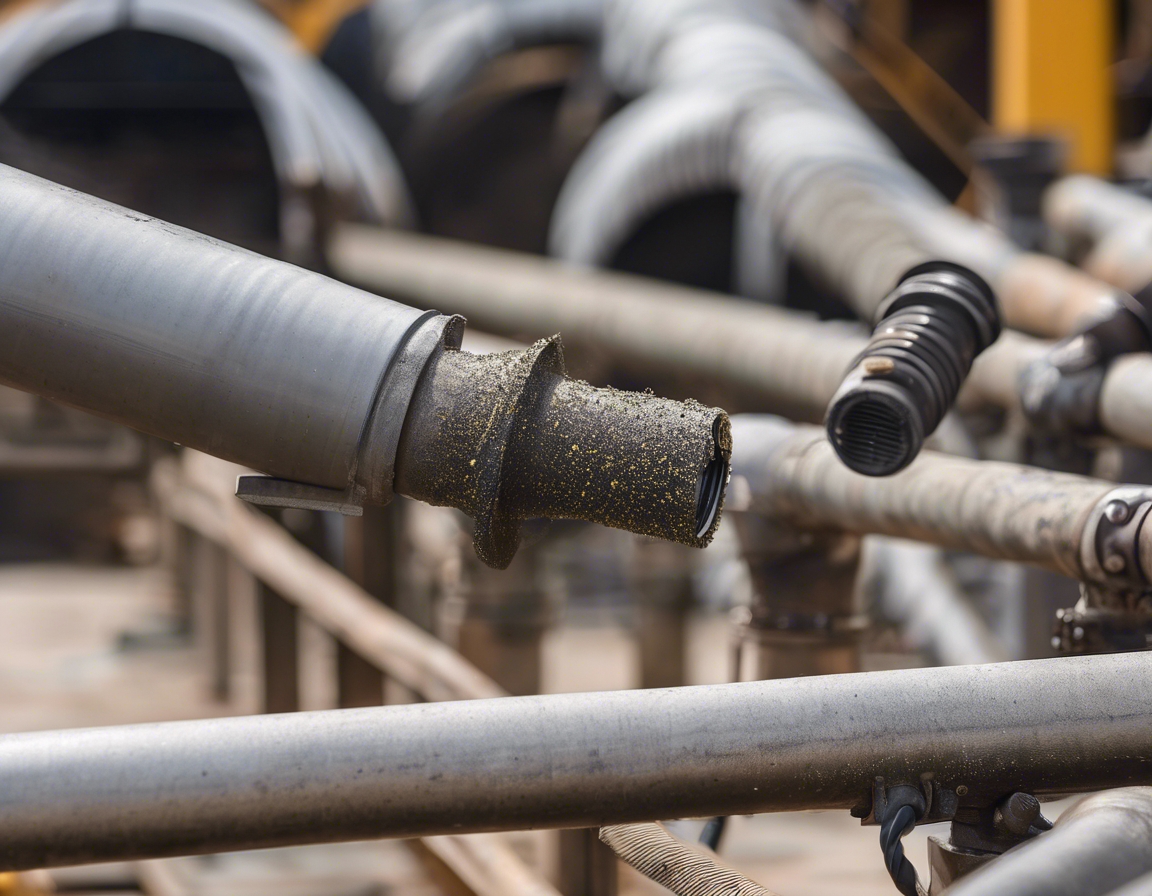Choosing the right protective coating for your project
Protective coatings are essential in safeguarding surfaces from environmental damage, corrosion, and wear. They are widely used in the metal and construction industries to enhance the durability and longevity of structures and components. Choosing the right protective coating is crucial for ensuring optimal performance and cost-effectiveness.
2. Understanding the Importance of Protective Coatings
Protective coatings serve as a barrier between the substrate and the environment, preventing damage from moisture, chemicals, UV radiation, and physical abrasion. They play a vital role in maintaining the structural integrity and aesthetic appeal of buildings, machinery, and infrastructure.
3. Types of Protective Coatings
Epoxy coatings are known for their excellent adhesion, chemical resistance, and durability. They are ideal for industrial applications where surfaces are exposed to harsh chemicals and heavy wear. Epoxy coatings are often used on floors, pipelines, and marine environments.
Polyurethane coatings offer superior flexibility and UV resistance, making them suitable for outdoor applications. They provide a glossy finish and are often used on surfaces that require a high level of aesthetic appeal, such as automotive parts and architectural structures.
Zinc-rich coatings provide excellent corrosion protection by acting as a sacrificial anode. They are commonly used in environments with high humidity and salt exposure, such as coastal areas and industrial facilities. These coatings are ideal for steel structures and components.
Acrylic coatings are water-based and environmentally friendly. They offer good weather resistance and are easy to apply. Acrylic coatings are often used for decorative purposes and on surfaces that require frequent maintenance.
4. Factors to Consider When Choosing a Protective Coating
The environment in which the coating will be applied plays a significant role in determining the type of coating needed. Factors such as temperature, humidity, and exposure to chemicals or UV light must be considered.
The material of the substrate, whether it is metal, concrete, or wood, will influence the choice of coating. Each material has specific requirements for adhesion and protection.
The method of application, whether it is spraying, brushing, or rolling, can affect the performance of the coating. It is important to choose a coating that is compatible with the intended application method.
Consider the expected lifespan of the coating and the level of maintenance required. Some coatings offer longer protection but may require more complex application processes.
5. Common Challenges in Protective Coating Applications
Applying protective coatings can present challenges such as surface preparation, environmental conditions during application, and ensuring proper adhesion. Addressing these challenges is crucial for achieving a successful coating application.
6. Tips for Successful Protective Coating Application
To ensure a successful protective coating application, it is important to follow best practices such as thorough surface preparation, choosing the right application method, and adhering to manufacturer guidelines. Regular maintenance and inspections can also help extend the life of the coating.






Comments (0)